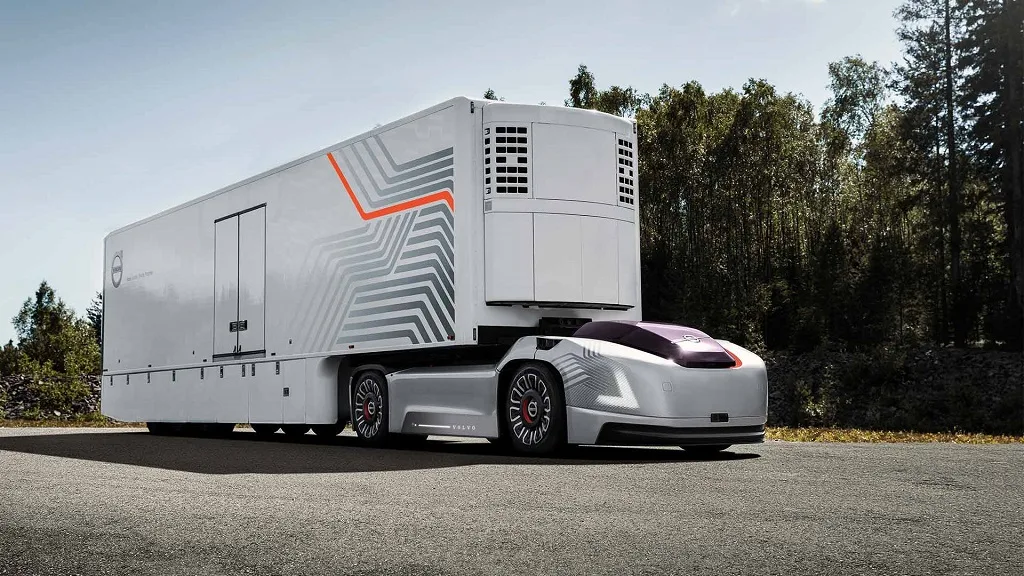Self-driving truck technology is revolutionizing the logistics and transportation industries, offering the potential to reshape supply chains and long-haul trucking. This innovation leverages advanced automation, artificial intelligence (AI), and sensor technologies to allow trucks to operate autonomously without human intervention. While autonomous cars have gained attention, autonomous trucks represent a more immediate and impactful development, particularly in commercial transportation.
What Kind of Technology is Used and When Did it Appear
Self-driving trucks rely on a combination of AI, machine learning, and sensors like LiDAR, radar, and GPS for navigation and decision-making. The concept of self-driving vehicles has existed for decades, with early experiments dating back to the 1980s. However, it wasn’t until the 2010s that autonomous truck technology began to see significant advancements. Companies such as Tesla, Waymo, and Embark have been at the forefront of this innovation, integrating cutting-edge software with heavy-duty trucks to enable self-driving capabilities on highways and through urban areas. The technology has evolved rapidly since then, thanks to advances in AI, enabling trucks to navigate complex road conditions with minimal human assistance.
How it Works and How it’s Arranged
The core components of autonomous truck technology include a suite of sensors, high-definition maps, and sophisticated algorithms. The trucks are equipped with LiDAR systems that create 3D models of the surrounding environment, radar systems that monitor distance and speed, and GPS for precise location tracking. All this data is processed by AI software that interprets the information in real-time, making decisions about steering, acceleration, braking, and lane changes. The software also integrates predictive models to anticipate road hazards or obstacles. Furthermore, the technology includes redundancy systems that ensure the truck can take over in case of software failure, providing a failsafe mechanism.
Where This Technology is Currently Used
Self-driving trucks are being tested and, in some cases, deployed across several regions. In the United States, companies such as TuSimple and Aurora are trialling autonomous trucks for long-distance freight transportation. These trucks have been deployed on highways in states like Arizona and Texas, where regulations are more favorable for testing autonomous vehicles. In Europe, projects like the EU’s ENSEMBLE initiative are focusing on platooning, where a convoy of trucks autonomously follows a lead vehicle, improving fuel efficiency and reducing emissions. While full deployment is still in progress, self-driving trucks are already demonstrating potential in various commercial applications.

Where Else Could This Technology be Used
Apart from long-haul freight transportation, autonomous truck technology can be applied in industries such as agriculture, mining, and construction. In agriculture, autonomous trucks are already being used for tasks like transporting harvested crops from fields to storage facilities. Similarly, in the mining sector, autonomous trucks are deployed to move materials across large mining sites, increasing operational efficiency and safety. The construction industry is also exploring the use of autonomous trucks to transport materials within construction zones, reducing the need for human drivers and streamlining operations.
How Promising Are Unmanned Trucks
The future of unmanned trucks is highly promising, particularly in terms of cost savings, fuel efficiency, and safety improvements. Autonomous trucks can operate for longer hours without rest, making them more efficient than human-driven vehicles. The reduction in accidents caused by human error is another significant benefit, as self-driving trucks can react faster to hazards and maintain more consistent driving patterns. However, challenges remain, such as public trust, regulatory hurdles, and technological limitations in complex urban environments. Despite these challenges, the widespread adoption of unmanned trucks seems inevitable, as companies and governments alike push for safer and more efficient logistics solutions.

